Home>Interior Design>How Wide Should Curtain Panels Be? Knowhow For The Perfect Fit
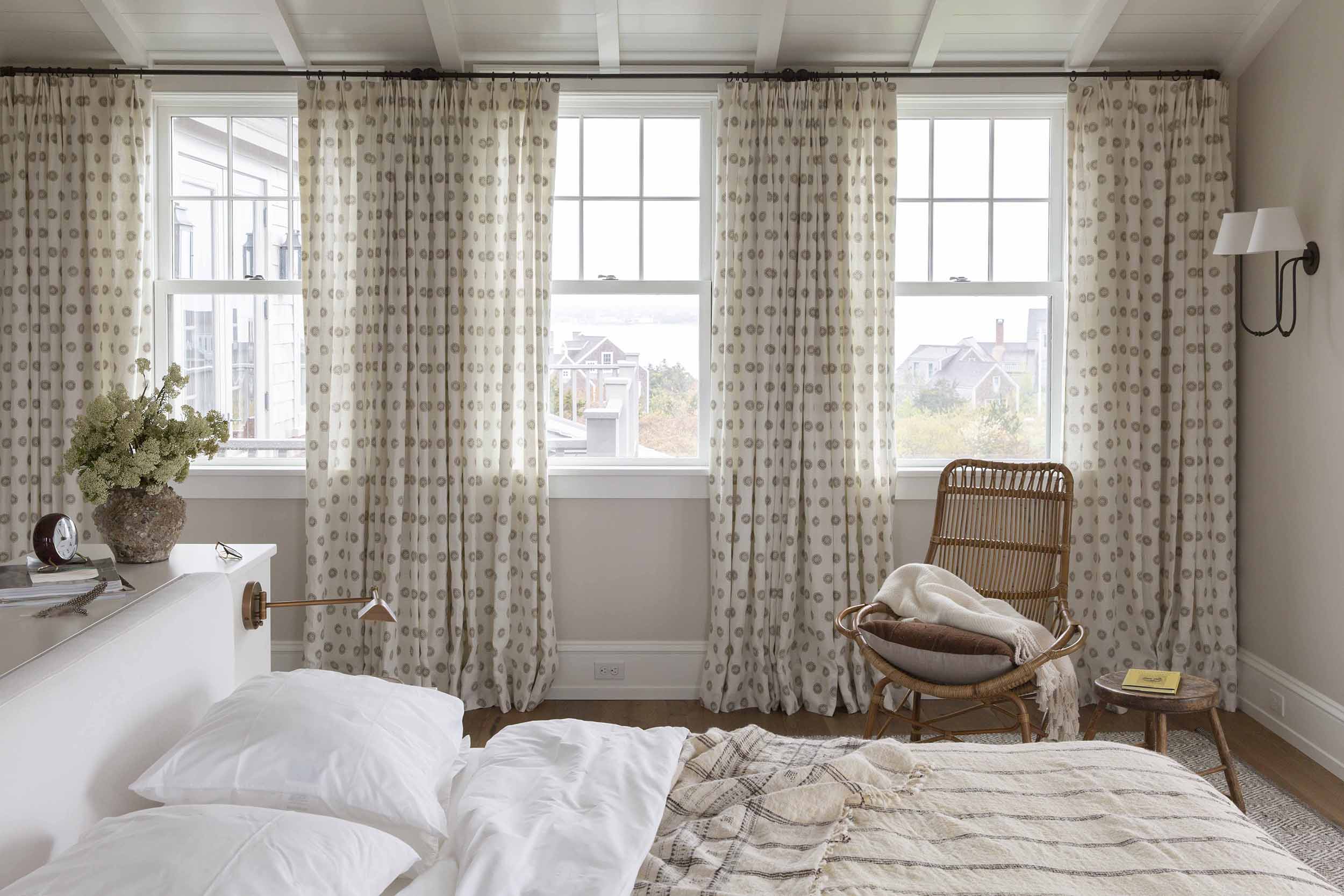

Interior Design
How Wide Should Curtain Panels Be? Knowhow For The Perfect Fit
Modified: August 17, 2024
Discover how to choose the right width for your curtain panels with our expert interior design tips, ensuring a perfect fit for your space.
(Many of the links in this article redirect to a specific reviewed product. Your purchase of these products through affiliate links helps to generate commission for Storables.com, at no extra cost. Learn more)
Introduction
Choosing the right curtain panels for your windows is a crucial step in interior design. Not only do they add a touch of elegance and style to your space, but they also serve practical purposes such as providing privacy and controlling light. When it comes to determining the width of your curtain panels, there are several factors to consider to ensure the perfect fit.
In this article, we will explore the different factors that play a role in determining how wide your curtain panels should be. We will also provide guidance on measuring for curtain panels and offer tips for achieving the ideal fit. So, let’s dive in and discover the know-how for finding the perfect width for your curtain panels.
Key Takeaways:
- Measure your window width, consider fullness, and choose the right curtain style to ensure the perfect fit for your curtain panels. Custom-made options are great for non-standard window sizes.
- Add extra width for fullness, overlap panels for a luxurious look, and adjust for ruching or pleating to customize the width of your curtain panels. Achieve the perfect fit for your windows while enhancing your interior design.
Read more: How Wide Should Blackout Curtains Be
Factors to Consider
When deciding on the width of your curtain panels, there are a few key factors to keep in mind to ensure the best fit for your windows:
Window Width
The width of your window is a critical factor in determining the width of your curtain panels. Measure the width from one side of the window frame to the other to get an accurate measurement. It’s important to have enough fabric width to cover the entire window when the curtains are closed, without being too narrow or too wide.
Window Height
The height of your window will also impact the selection of curtain panel width. Consider whether you want your curtains to hang just below the window sill, to the floor, or even beyond to create a dramatic effect. Measure from the top of the window frame to the desired length for the curtains to get an accurate measurement of the window height.
Curtain Style
The chosen curtain style will influence the width of the curtain panels. Some curtain styles, like sheers or lightweight fabrics, require less fabric width, while heavier drapes or pleated curtains may require more width. Consider the style that best suits your interior design aesthetic and choose the appropriate width accordingly.
Fullness
Fullness refers to the amount of fabric used to cover the window when the curtains are fully closed. It can impact the overall look and feel of the curtains. A fuller curtain with more fabric gathers and pleats when closed, creating a luxurious and elegant appearance. On the other hand, a curtain with less fullness will have a more streamlined and minimalist look. Decide on the level of fullness you desire, and adjust the width accordingly.
By taking these factors into consideration, you can ensure that the width of your curtain panels harmonizes with your window size, style, and desired fullness, resulting in a visually pleasing and well-proportioned window treatment.
Standard Curtain Panel Widths
When shopping for curtain panels, you will often find a range of standard widths available. These standard sizes can serve as a starting point in determining the width that will best fit your windows. Here are some common standard curtain panel widths:
- 36 inches: This width is suitable for small windows or as a decorative valance on top of a larger window treatment.
- 54 inches: A popular width choice for standard-sized windows, offering a moderate amount of fabric for coverage.
- 63 inches: Another common width option, especially for windows with a shorter height. This length often reaches just below the window sill.
- 84 inches: A versatile width that works well for most windows, offering ample coverage and the option to have the curtains hang down to the floor.
- 96 inches: Ideal for taller windows or for creating a more dramatic look by having the curtains pool onto the floor.
- 108 inches: A wider width suitable for larger windows or when a more luxurious and fuller look is desired.
- 120 inches: The widest standard width available, typically used for oversized windows or when an extra full and opulent appearance is desired.
When choosing among these standard widths, consider the size of your window as well as your desired curtain style and fullness. Keep in mind that these sizes may vary slightly depending on the manufacturer, so it’s always a good idea to measure your window and compare it to the specific panel width provided by the manufacturer.
While standard widths are readily available, it’s important to note that they may not always be the perfect fit for every window. Custom-made curtains can be a great option if you have unique or non-standard window sizes, as they can be tailored to your specific measurements and style preferences.
Now that we have explored the standard curtain panel widths, let’s move on to the next step: measuring for curtain panels.
Measuring for Curtain Panels
Measuring your windows accurately is crucial to ensure that your curtain panels fit perfectly. Follow these three steps to determine the appropriate width for your curtains:
Step 1: Measure the Window Width
Using a measuring tape, measure the width of your window from one side of the window frame to the other. Be sure to measure at the top, middle, and bottom of the window, as some windows may not be perfectly square. Take note of the largest measurement obtained, as that will be the width you will use for your curtain panels.
Read more: How Wide Is A Fence Panel
Step 2: Determine the Fullness Ratio
Fullness ratio refers to how much fabric is needed to achieve the desired look when the curtains are fully closed. It is typically expressed as a decimal or a percentage. A standard fullness ratio is 2.5 to 3 times the window width, meaning the total width of the curtain panels should be 2.5 to 3 times the width of the window. However, you can adjust this ratio based on your personal preference and the style of curtains you choose.
Step 3: Calculate the Curtain Panel Width
To calculate the width of each curtain panel, divide the total desired width (determined in step 1) by the fullness ratio. For example, if your window width is 60 inches and you choose a fullness ratio of 2.5, the width of each curtain panel would be 60 inches divided by 2.5, resulting in 24 inches.
Keep in mind that this calculation will give you the width of each individual curtain panel. If you want your curtains to have an overlap in the middle when closed, you may need to add some extra width to account for this overlap.
By following these measuring steps, you can ensure that your curtain panels are the perfect width for your windows, achieving a tailored and polished look in your space.
Tips for Achieving the Perfect Fit
While measuring for curtain panels is an essential step in determining the width, there are a few additional tips to consider to ensure that you achieve the perfect fit for your windows. Take a look at these helpful tips:
Consider Overlapping Panels
For a more luxurious and full look, consider using overlapping panels. This technique involves adding extra width to each curtain panel so that when they are closed, they overlap in the middle. The amount of overlap can vary depending on your preference, but a general rule of thumb is to add an additional 10% to 15% of the window width to each panel. This will create a beautiful drape and help to block out light and provide more privacy.
Read more: How Wide Should A Ladder Be
Add Extra Width for Fullness
If you prefer a fuller and more gathered appearance when your curtains are closed, consider adding extra width to your curtain panels. Increasing the width by 50% to 100% of the window width, depending on the desired fullness, will give your curtains a more opulent and luxurious look. Keep in mind that adding extra width will require more fabric and may impact the overall cost of the curtains.
Adjust for Ruching or Pleating
If you plan to incorporate ruching or pleating into your curtain design, you will need to adjust the width accordingly. Ruching and pleating require extra fabric to achieve the desired effect. Depending on the style and complexity of the ruching or pleating, you may need to add an additional 25% to 50% of the window width to each panel.
By considering these tips, you can customize the width of your curtain panels to achieve the perfect fit and desired look for your windows. Remember to take into account your personal style preferences, the amount of fabric you prefer, and the type of curtain treatment you plan to use.
Conclusion
Finding the right width for your curtain panels is an essential aspect of interior design. It ensures that your curtains not only fit perfectly but also enhance the overall aesthetics of your space. By considering factors such as window width, window height, curtain style, and fullness, you can make an informed decision about the width that will best suit your needs.
Standard curtain panel widths offer a starting point for selecting the width of your curtains. From 36 inches to 120 inches, there are various options available to accommodate different window sizes and styles. However, it is important to remember that these standard widths may not always provide the perfect fit for your specific windows. In such cases, custom-made curtains can be a great solution.
Measuring for curtain panels is a crucial step in ensuring the right fit. By accurately measuring the width of your windows and determining the desired fullness ratio, you can calculate the width of each curtain panel. Additionally, considering techniques such as overlapping panels, adding extra width for fullness, or adjusting for ruching or pleating can help you achieve the desired look and functionality for your curtain panels.
Ultimately, the key to achieving the perfect fit for your curtain panels is striking a balance between practicality and aesthetics. By taking into account the specific characteristics of your windows, your personal style preferences, and the intended purpose of the curtains, you can create a visually pleasing and harmonious window treatment that complements your overall interior design.
So, when it comes to selecting the width of your curtain panels, remember to measure accurately, consider your desired fullness, and explore additional techniques that can enhance the overall appearance. With the right width, your curtain panels will transform your windows and elevate the style of your living space.
Frequently Asked Questions about How Wide Should Curtain Panels Be? Knowhow For The Perfect Fit
Was this page helpful?
At Storables.com, we guarantee accurate and reliable information. Our content, validated by Expert Board Contributors, is crafted following stringent Editorial Policies. We're committed to providing you with well-researched, expert-backed insights for all your informational needs.


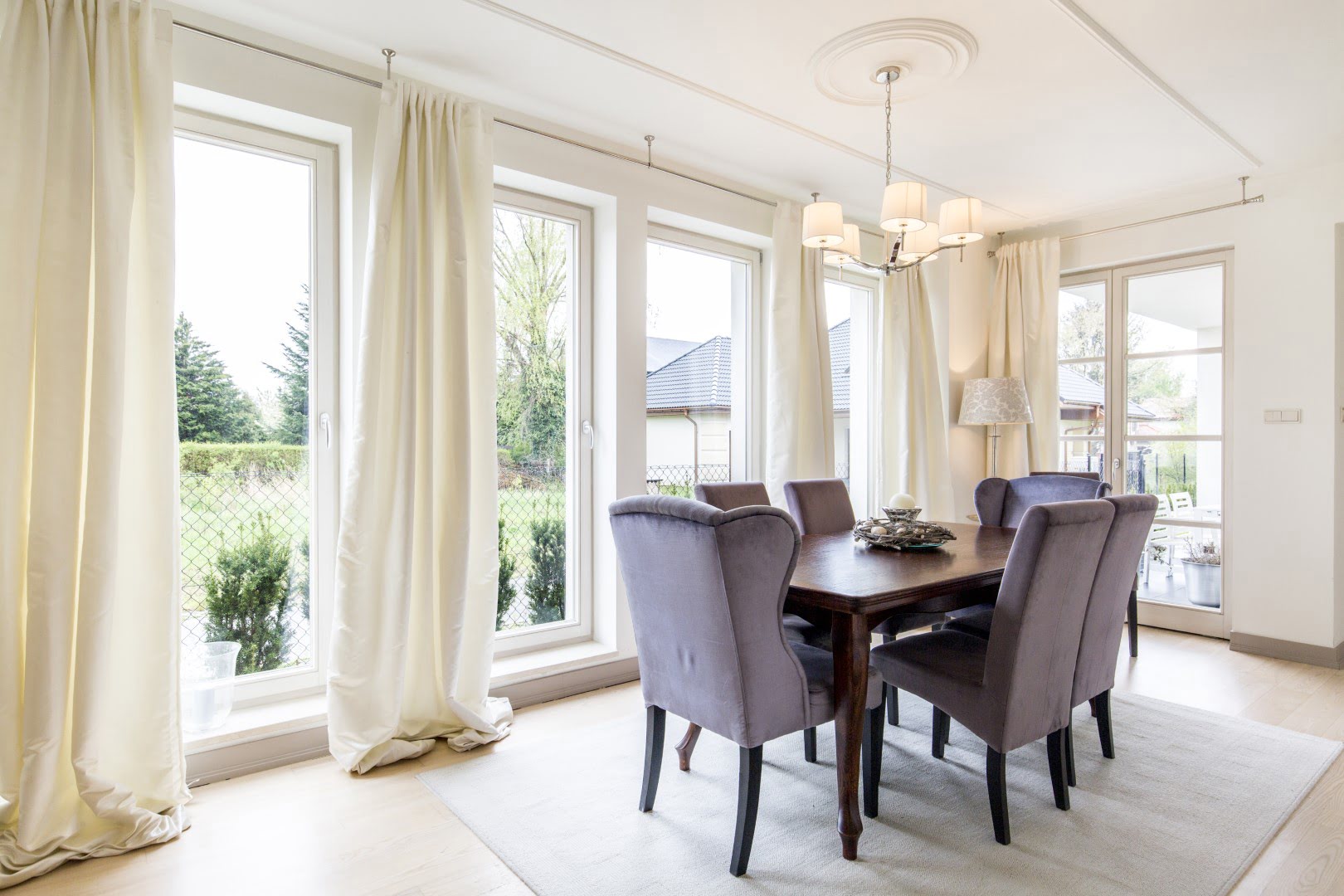
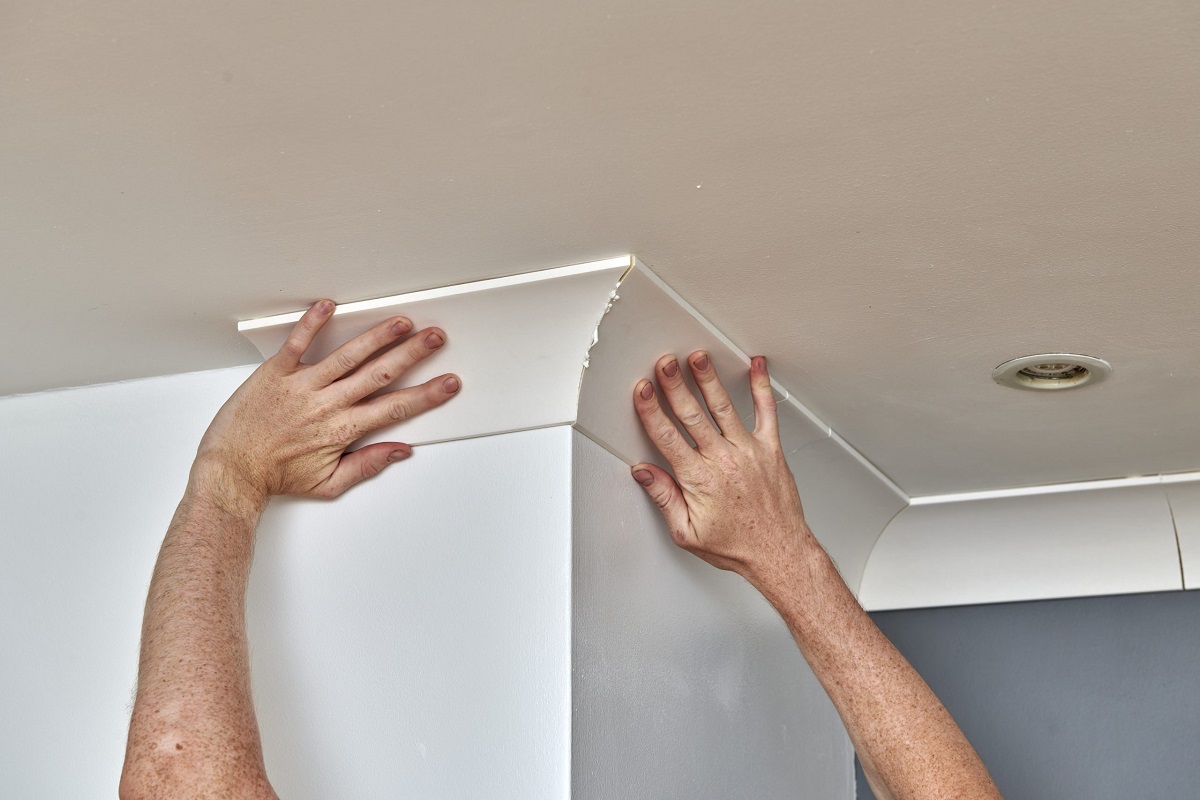
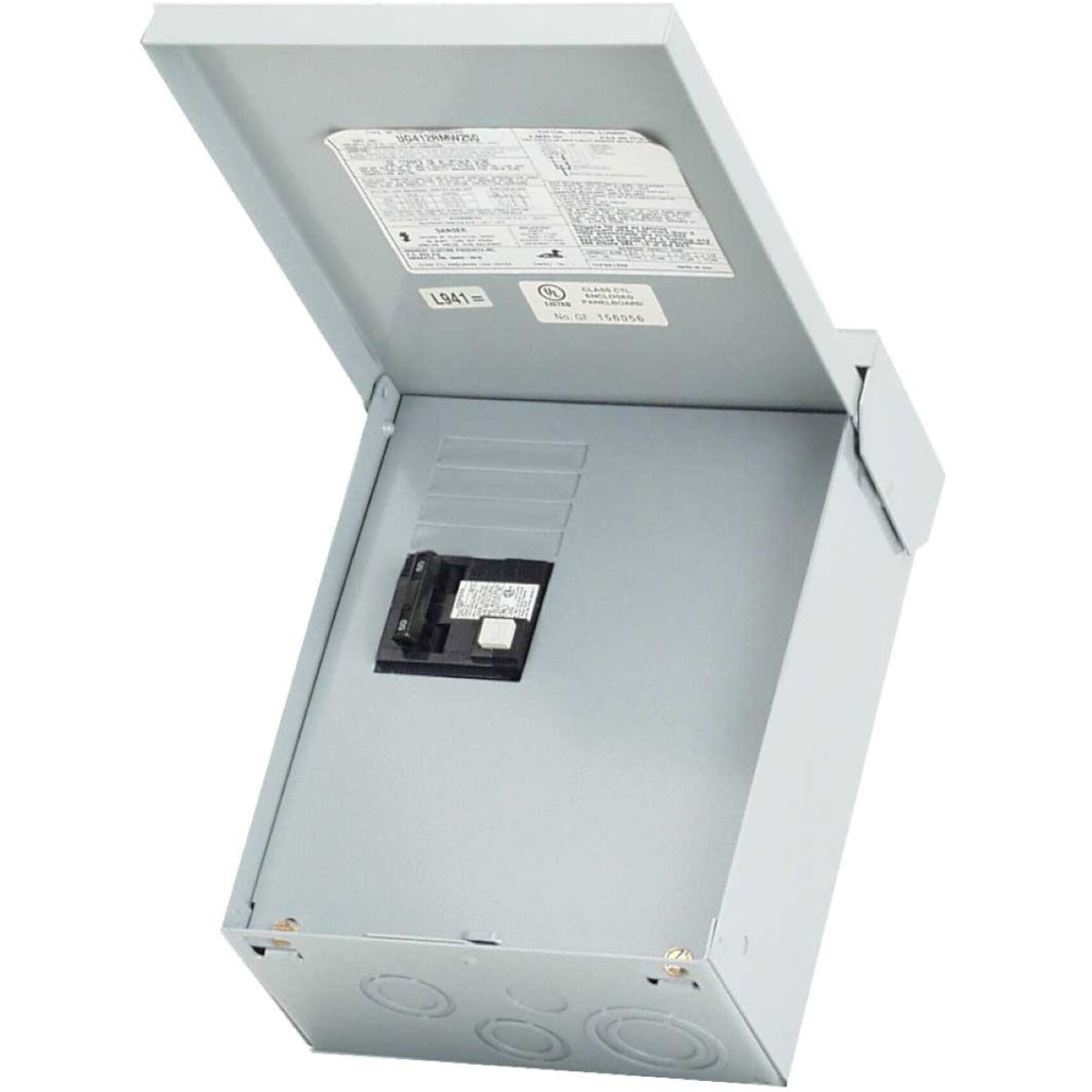
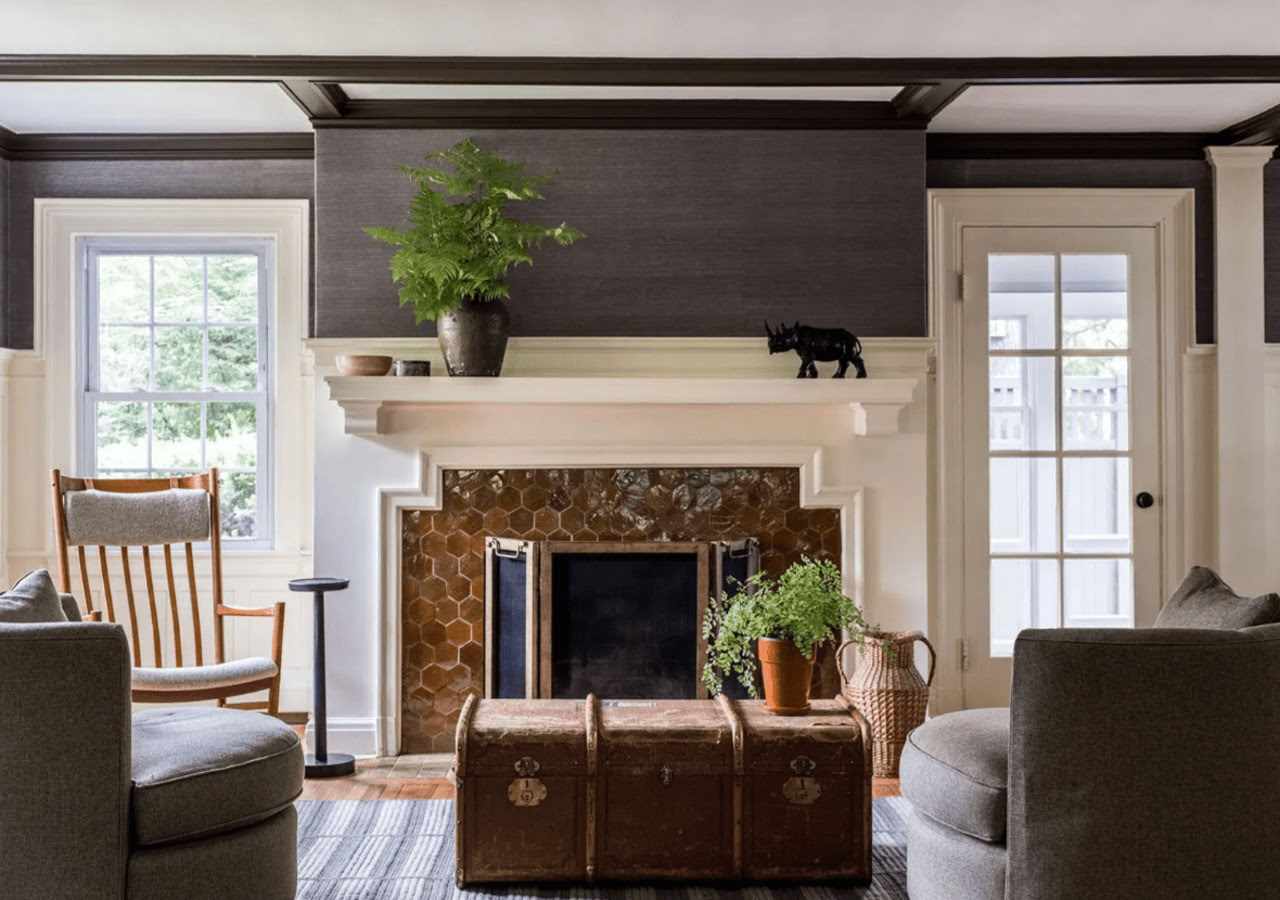

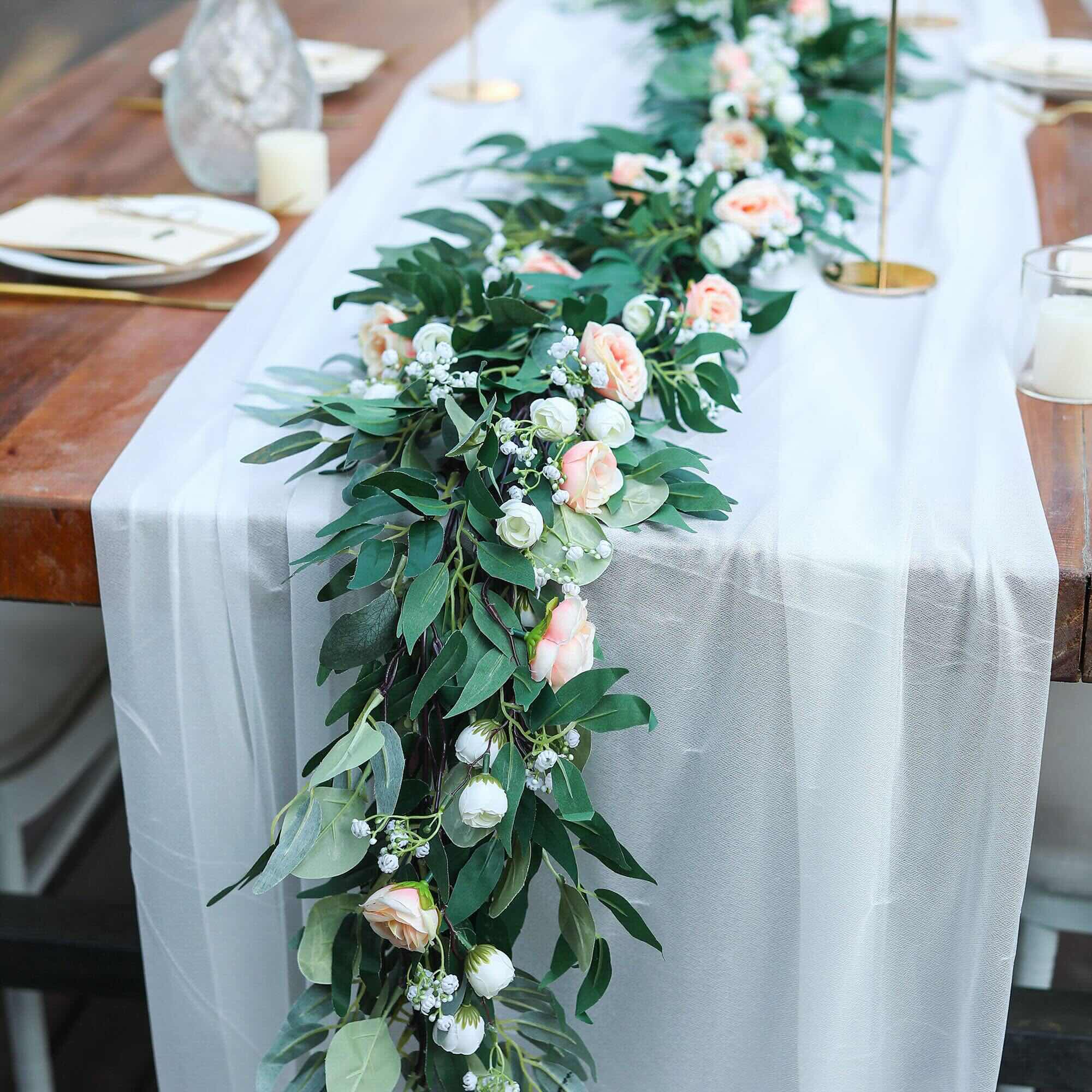
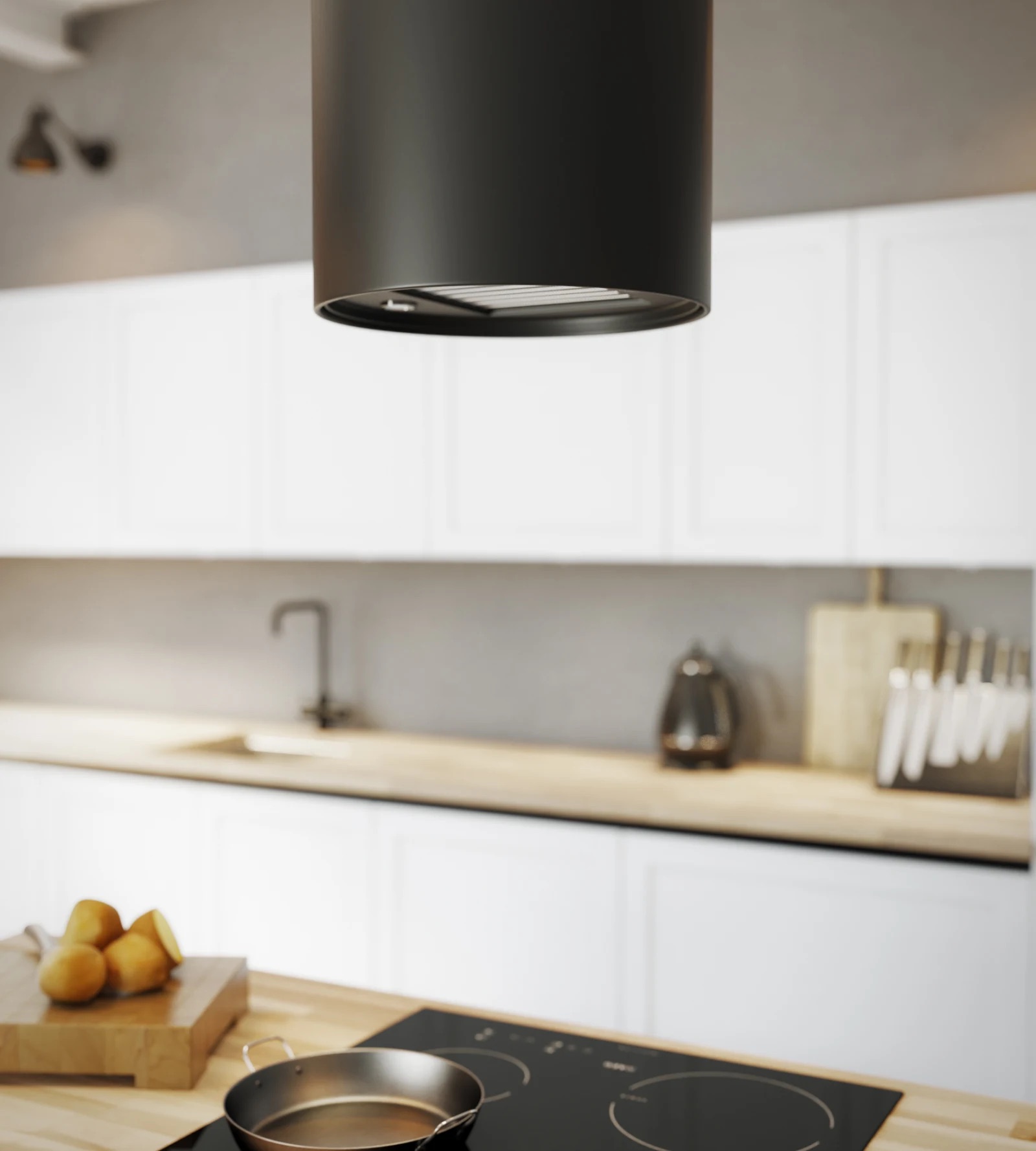
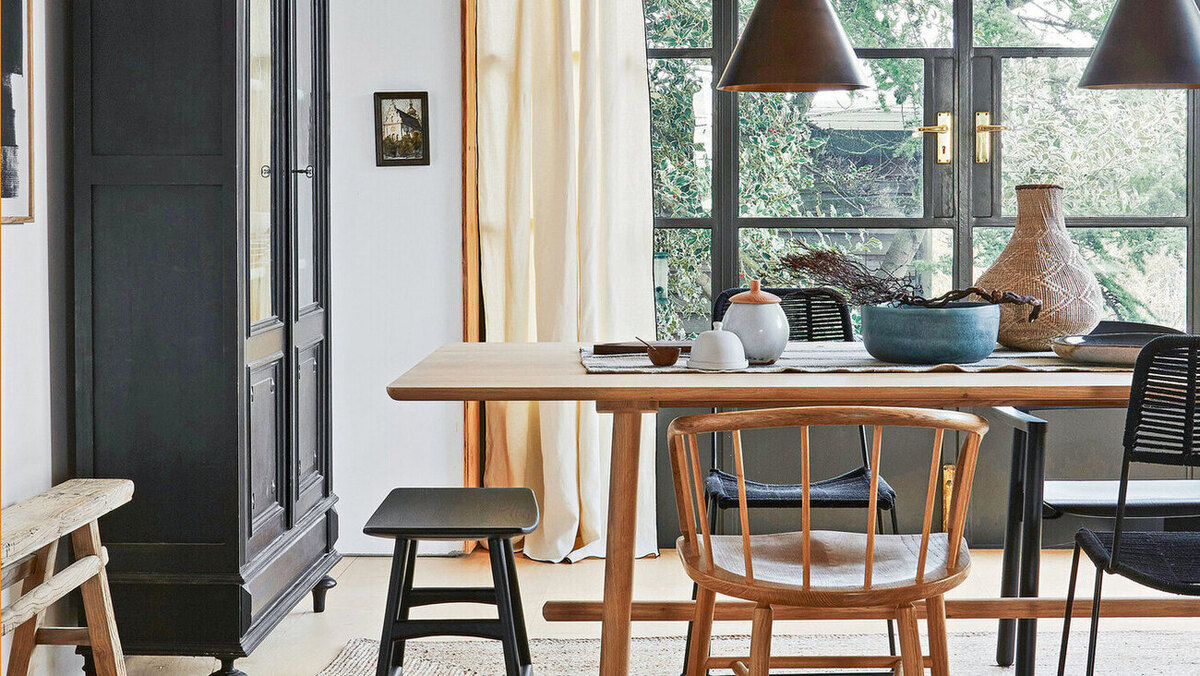
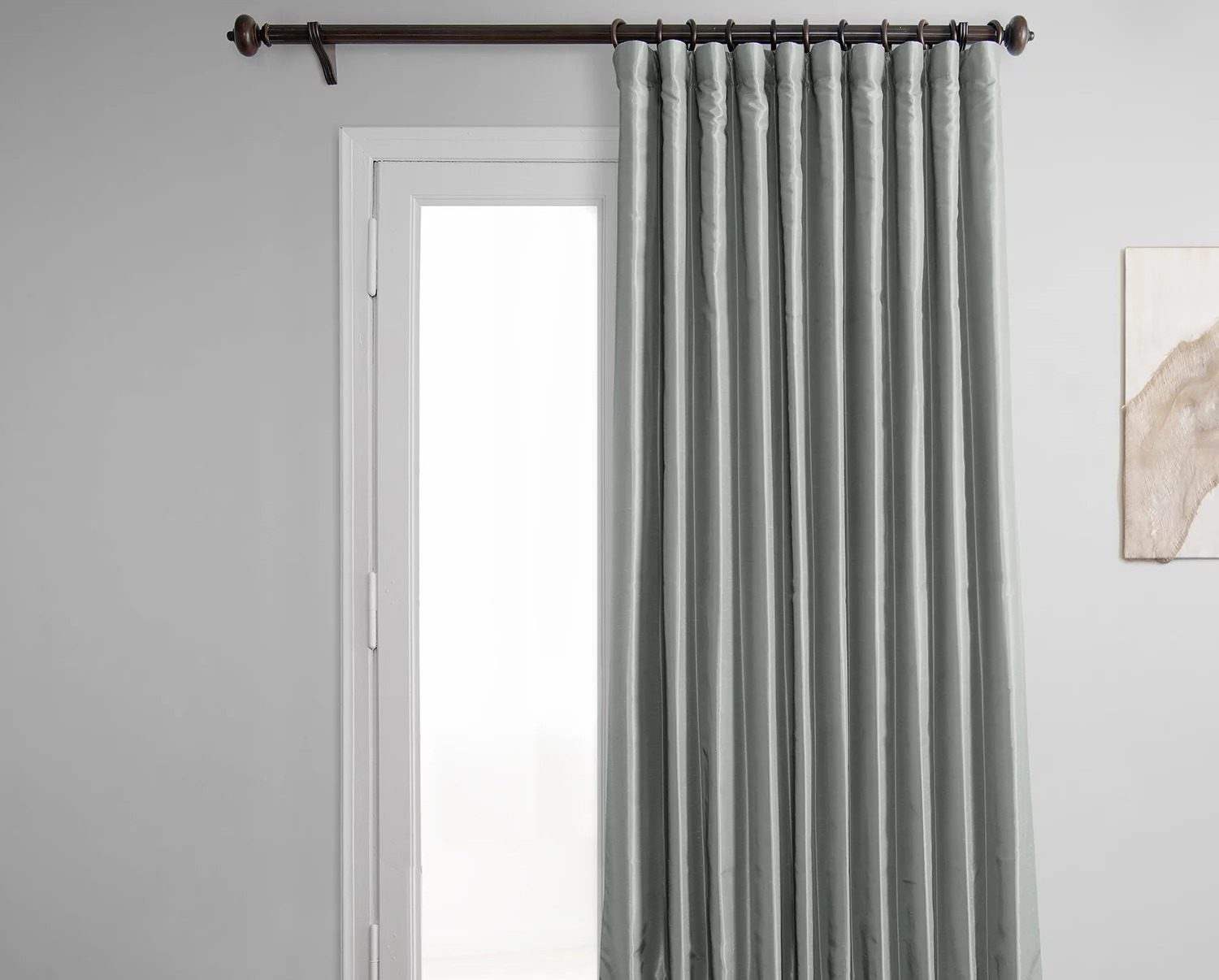
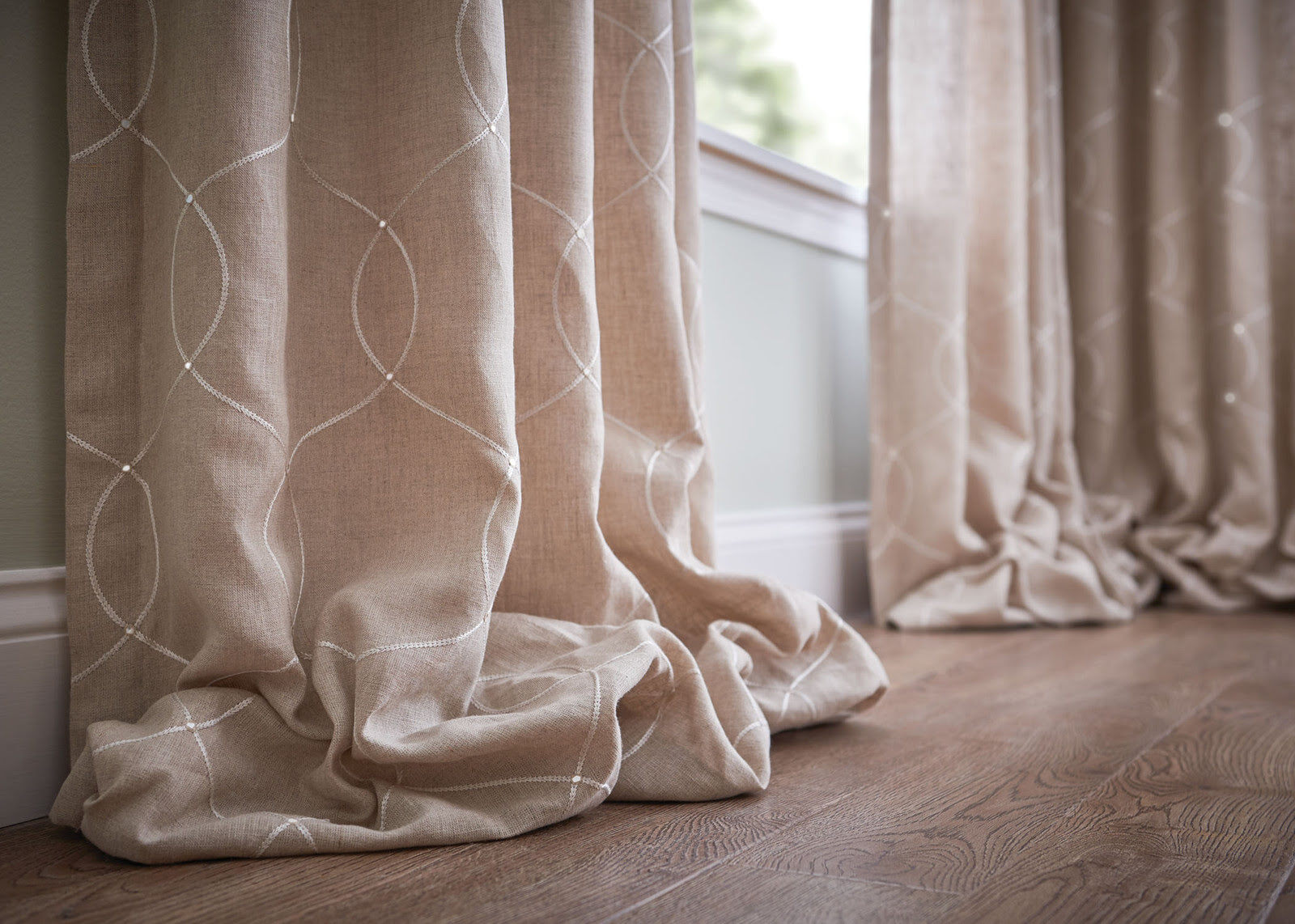

0 thoughts on “How Wide Should Curtain Panels Be? Knowhow For The Perfect Fit”